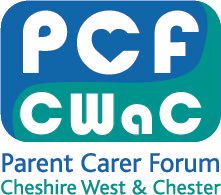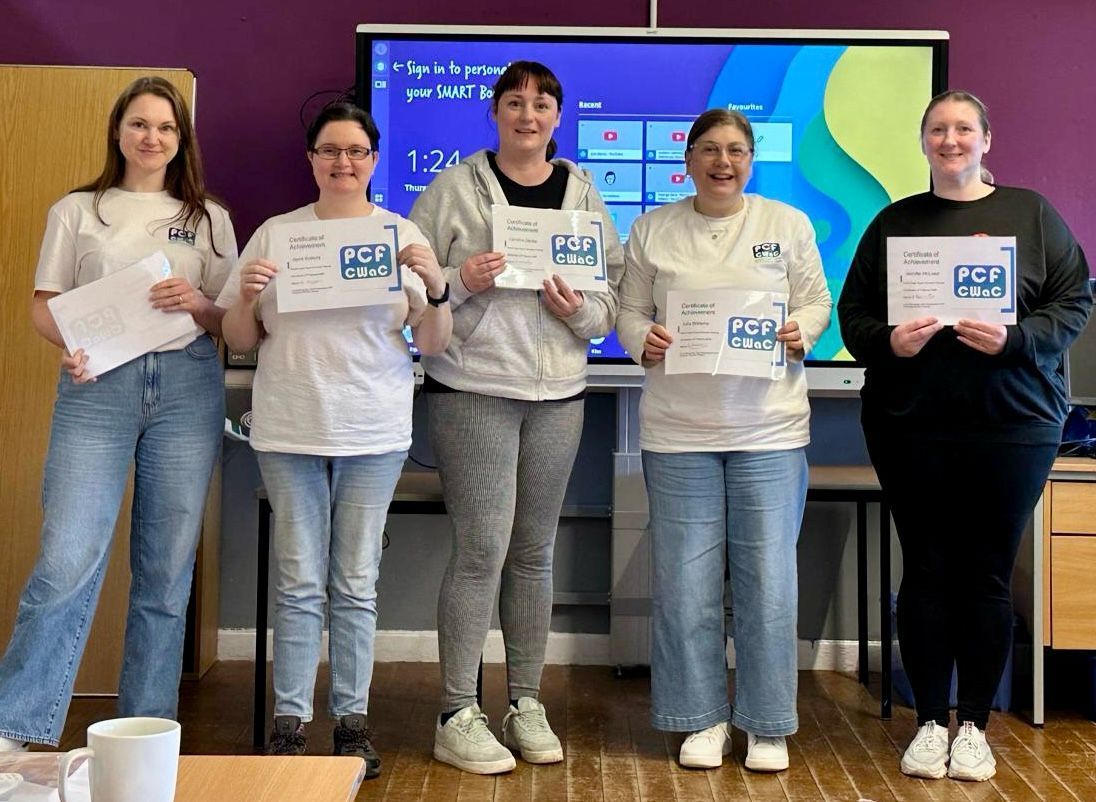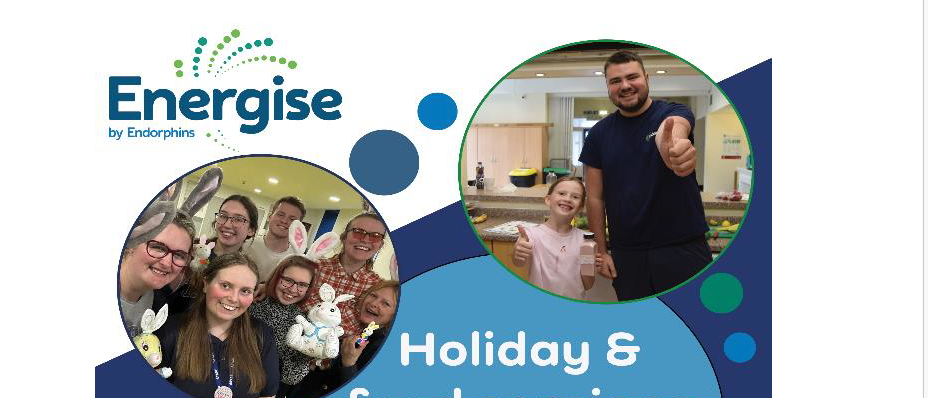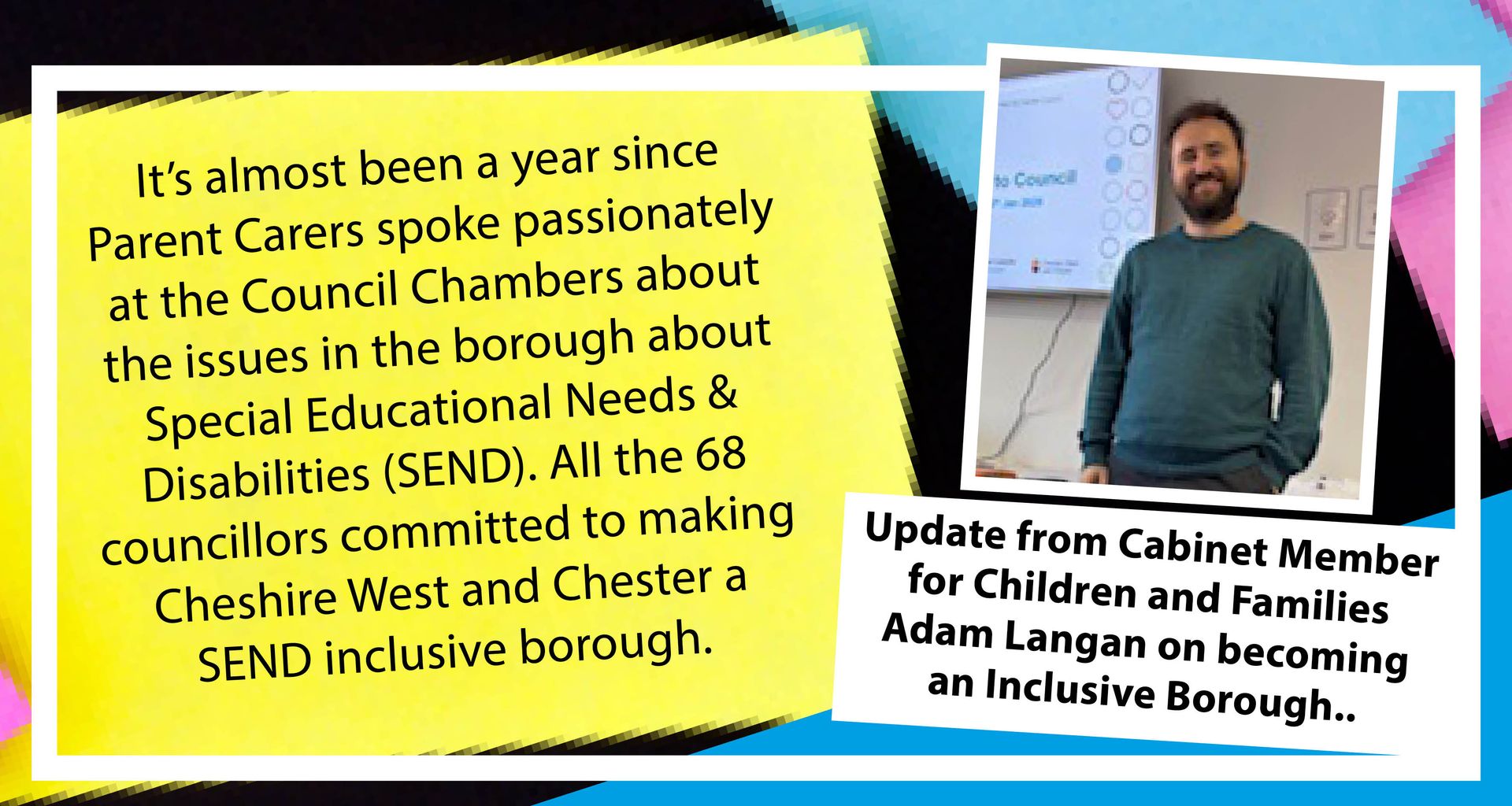The Panel Process - What’s a Panel? Event Recap and Q&A Highlights
We recently hosted the “What’s a Panel?” event, featuring Karen Cove, a Senior SEN Leader, who shared her expertise on SEND panels and their critical role in decision-making. This session aimed to demystify the process for parents and carers.
A heartfelt thank you to all attendees for their patience during the technical hiccups and for contributing thoughtful questions that made the presentation thought provoking and engaging.
Understanding SEND Panels: What Are They and What Do They Do?
SEND panels are multi-disciplinary groups responsible for decisions that shape the educational support provided to children with special educational needs and disabilities (SEND). Karen explained that these panels handle:
- SENDIP ( Early Years)
- EHCNA – primary and secondary
- Annual review panel
- PFA panel (Preparation For Adulthood)
- Top Up Panel
- EOTAS Panel (Education Other Than At School)
In chapter 9 of the SEND code of practice it says –
“It is helpful for local authorities to set up moderating groups to support transparency in decision-making. Such groups can improve the consistency of decision-making about whether to carry out an EHC needs assessment and whether to issue an EHC plan.”
Who Attends the Panel?
Open to professionals working with children and young people in the Borough – usually the professionals are – Health Visitors / Teachers / Head teachers / SENCO’s / Resource Provision managers / Early Years consultants / Educational Psychologists / Young People's Services / Youth Offending Service
- Voluntary
- Training
- TOR
- Confidential
- Preparation
Deciding whether to issue a plan
In deciding whether to make special educational provision in accordance with an EHC plan, the local authority should consider all the information gathered during the EHC needs assessment and set it alongside that available to the local authority prior to the assessment.
Using the assessment information
The information from the EHC needs assessment confirms the information available on the nature and extent of the child or young person’s SEN
- whether the special educational provision required to meet the child or young person’s needs can reasonably be provided from within the resources normally available to mainstream early years providers, schools and post-16 institutions, or
- whether it may be necessary for the local authority to make special educational provision in accordance with an EHC plan
Key Questions and Answers from the Event
Q. Who decides on moves to specialist provision, and when can this be requested?
A. This can be requested at 2 points either when a new assessment has been concluded and a plan has been agreed to be written or this can be requested when a child or young person has an Education, Health and Care plan and is having an annual review.
Q. Do you provide minutes / detailed and transparent information (anonymised if required) to parents of the panel discussions regarding their child?
A.The discussions at panel are not recorded, the decision is recorded and the wording agreed at panel to explain the decision.
Q. Can you explain what is meant by ‘the legal test’?
A. If a local authority (LA) is requested to carry out an EHC needs assessment by a parent, young person, school or college, it must consider:
- whether the child or young person has or may have special educational needs (SEN); and
- whether they may need special educational provision to be made through an EHC plan.
If the answer to both of these questions is yes, the LA must carry out an EHC needs assessment.
This test is set out in the law (section 36(8) of the Children and Families Act 2014).
More information can be found here IPSEA’s guide.
Q. Is there a tick list/criteria that shows the legal test is met? Do you publish that anywhere?
A: The inclusion framework is used when working with parents. It is available on the Livewell site.
Q. How does the panel address gaps in school submissions and is there training for SENCOS?
A. At the SEND summit held in October to professionals and parents, Karen presented the ‘Fit to Submit’ for everyone to get a better understanding of what helps panels make decisions. Incomplete or inaccurate submissions can delay decisions. Karen highlighted ongoing efforts to train SENCOs and other settings to enhance the quality of documentation submitted, you can review our blog and Karen’s presentation for the SEND Summit here. Training for SENCOs is planned in the new year around all statutory processes.
Q. Can parents submit additional evidence, like private assessments?
A. Yes, parents are encouraged to provide evidence from all legally trained professionals such as private assessments or reports from specialists like speech and language therapists for example.
Q. Is there training for panel members?
A. Yes, there is training provided for panel members. They are required to do this training and commit a significant amount of time to reading all the relevant cases to attend the panel.
Q. Why does the Local Authority rely on its own policies when deciding whether to assess for an EHCP needs assessment, particularly when these policies sometimes focus on whether a school has provided evidence of a targeted approach through ‘assess, plan, do, review’ (APDR)? Isn’t this approach contrary to the legal test in Section 36(8) of the Children and Families Act 2014, which does not require schools to have fully completed these cycles? How does the LA justify saying ‘no’ based on what a school hasn’t provided, especially when there may be other evidence indicating that a child’s needs may call for an EHCP?
A. When making a decision to complete an assessment the LA can only apply the legal test: · whether the child or young person has or may have special educational needs (SEN); and · whether they may need special educational provision to be made through an EHC plan.
Panel is an evidenced based service and as such requires evidence to support BOTH parts of the test. The LA does not have its own policy in relation to this; however, it requests that settings complete certain documentation to ensure all of the information is provided to the panel to allow them to make an informed decision. One of these documents is a SEND profile in this document settings are able to outline what professionals are working with the child / young person. A further important aspect of the SEND profile is the provision map, this allows panel members to see what provision is in place for the child, the frequency and timings of each intervention and the cost of these interventions to the setting. Panel members use this document in particular hen looking at the second part of the legal test to determine whether or not the child's needs can be met from resources already available to school (Element 2 £6000) or whether they may require provision beyond this that may need to be provided through an EHC plan. There are occasions when professional reports also indicate a level of provision and these are also considered. This is all outlined in our panel guidance to members.
The first part of the legal test is relatively straightforward and often this is agreed at panel based on the evidence however often there is insufficient evidence to agree the second part of the test. This often comes primarily from the setting who know the child and can outline what individual targeted intervention the child receives outside of good quality first teaching and above which can be provided by element 2 funding.
Q. How does the Local Authority demonstrate flexibility in considering EHC needs assessment requests that do not strictly align with the LA’s Assess Plan Do Review policy? What measures are in place to ensure that decisions are based on the child or young person’s individual circumstances and evidence, rather than rigid adherence to internal policies?
A. All applications are considered on an individual basis with whatever evidence has been provided. However there needs to be sufficient evidence to meet both parts of the test. As mentioned above schools are urged to complete the appropriate paperwork to ensure an accurate decision can be made.
Funding Questions
Karen also addressed pre questions about funding, emphasising that these discussions are not related to panel decisions. Funding complexities require detailed conversations that weren’t fully explored during this session. Encouragingly, Karen expressed interest in hosting a separate session to clarify funding-related issues if there’s demand from parents and carers.
Review
To support attendees and others seeking insights into SEND panels, please review the resources that were discussed
- Karen’s presentation
- The panel training document
- SEND Profile
- SEND Provision Map
- SEND Inclusion Framework - Early Years (0-5 years)
- SEND Inclusion Framework - Primary & Secondary (5-15 years)
- SEND Inclusion Framework - Post 16 (16-25 years)
- Panel Q&A document
Thank You!
A big thank you to Karen Cove for her invaluable expertise and adaptability during the session. Thanks also to everyone who participated—your thought provoking questions and enthusiasm.
Any further questions please email contact.pcfcwac@gmail.com
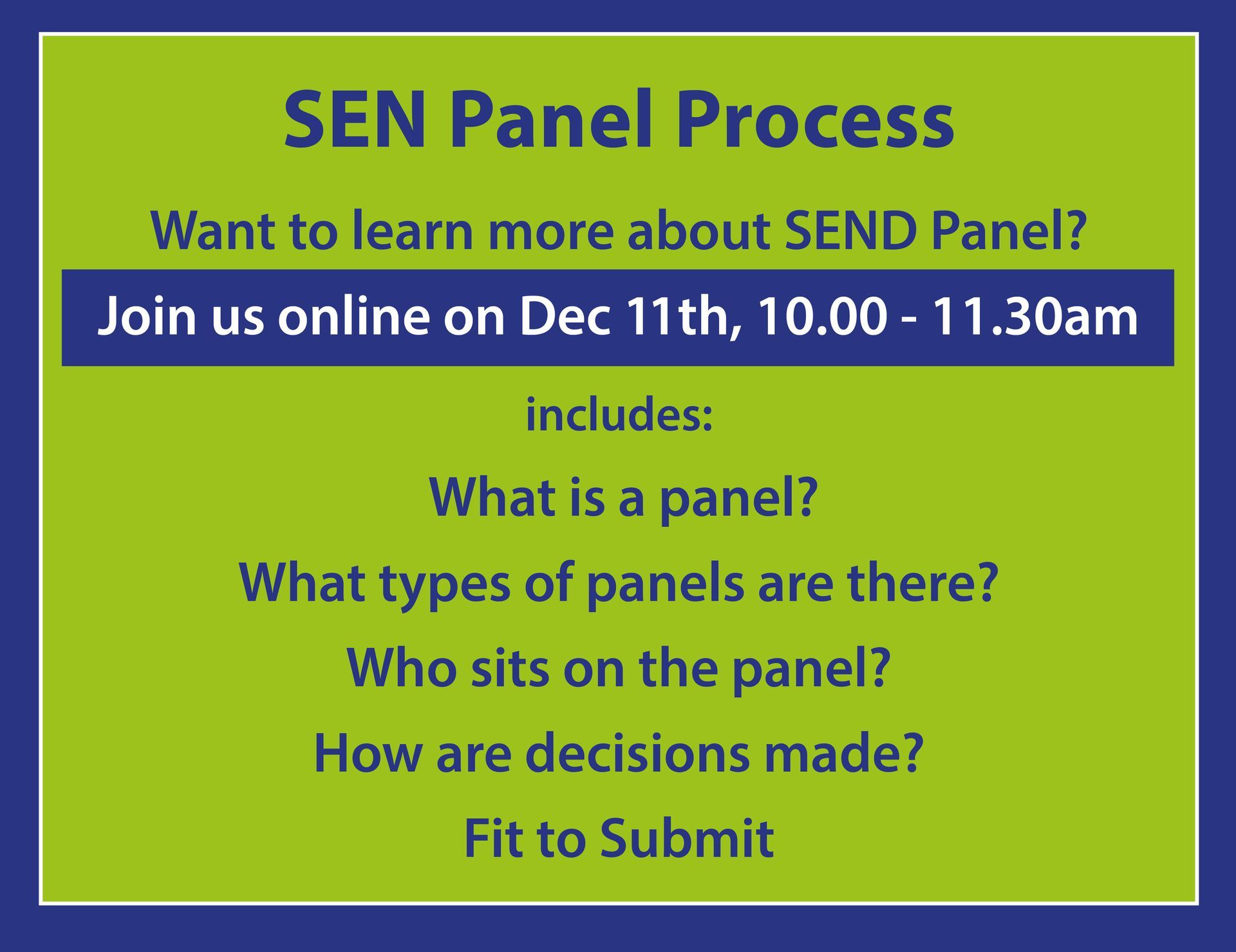
For more updates and information on upcoming events, visit click below...


